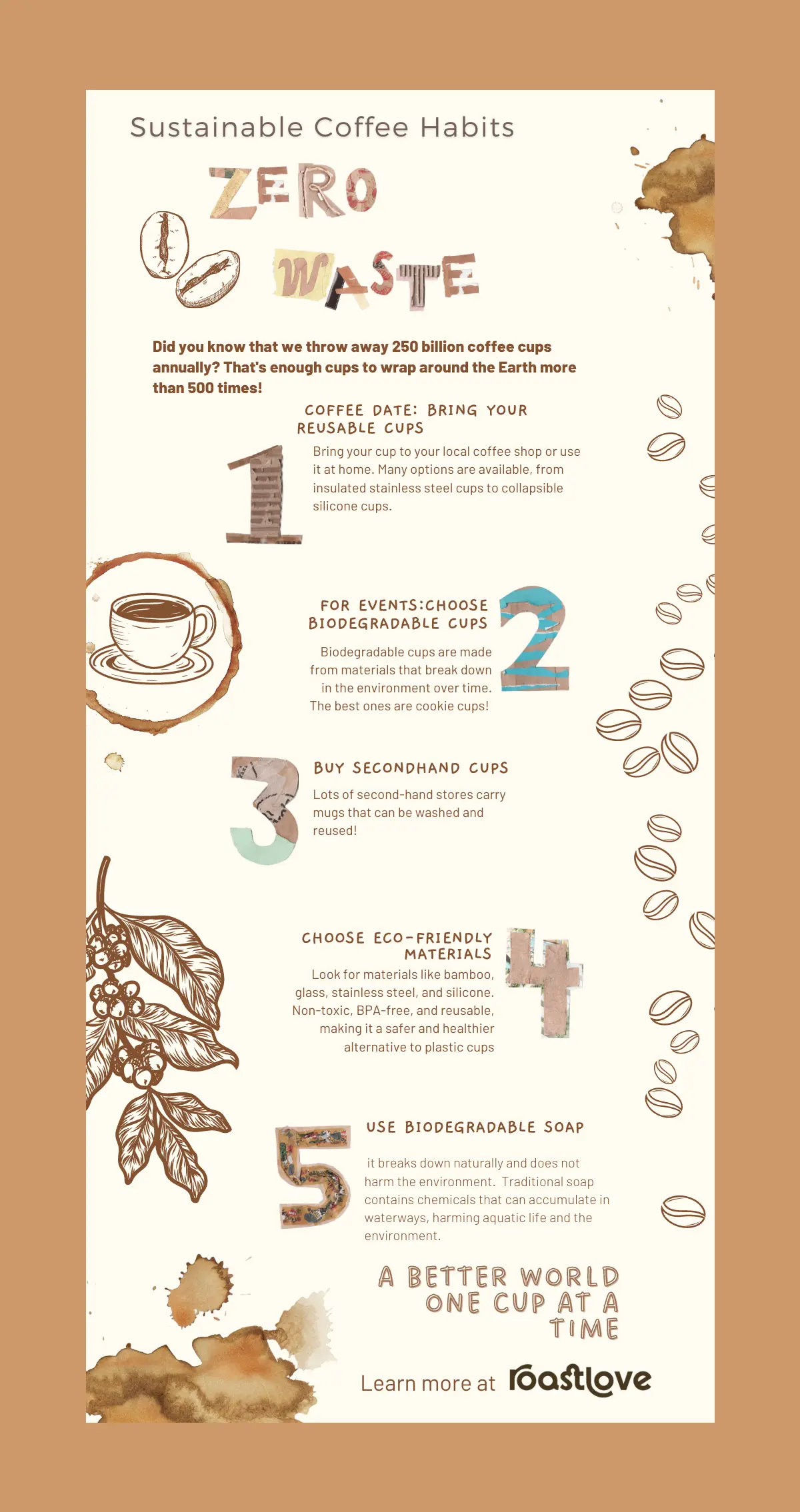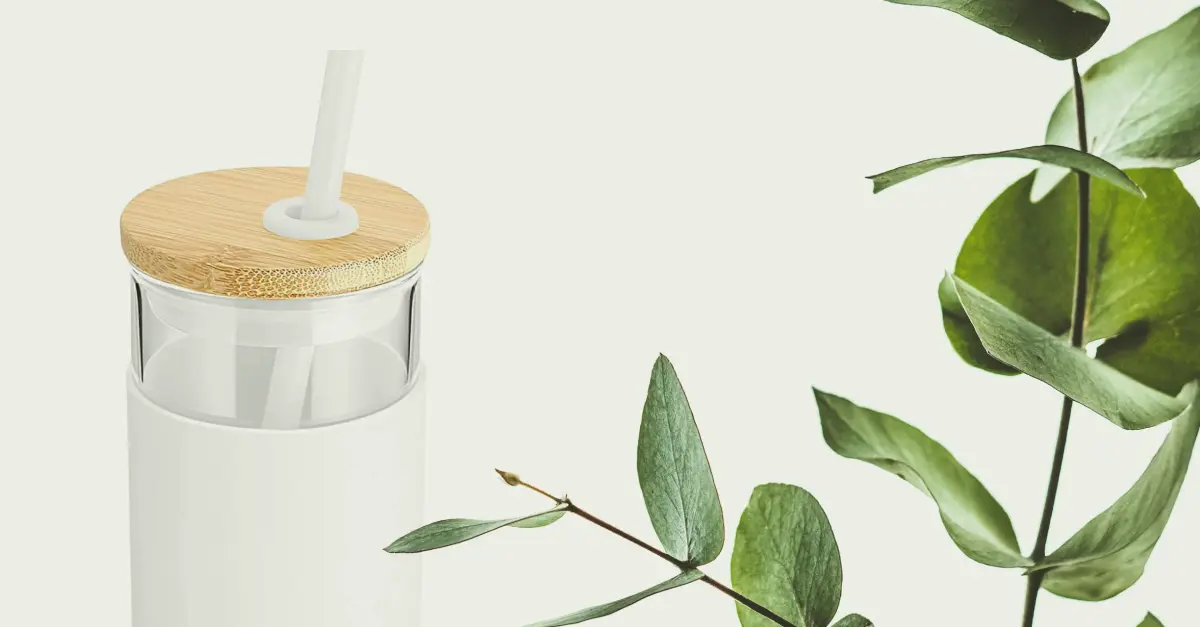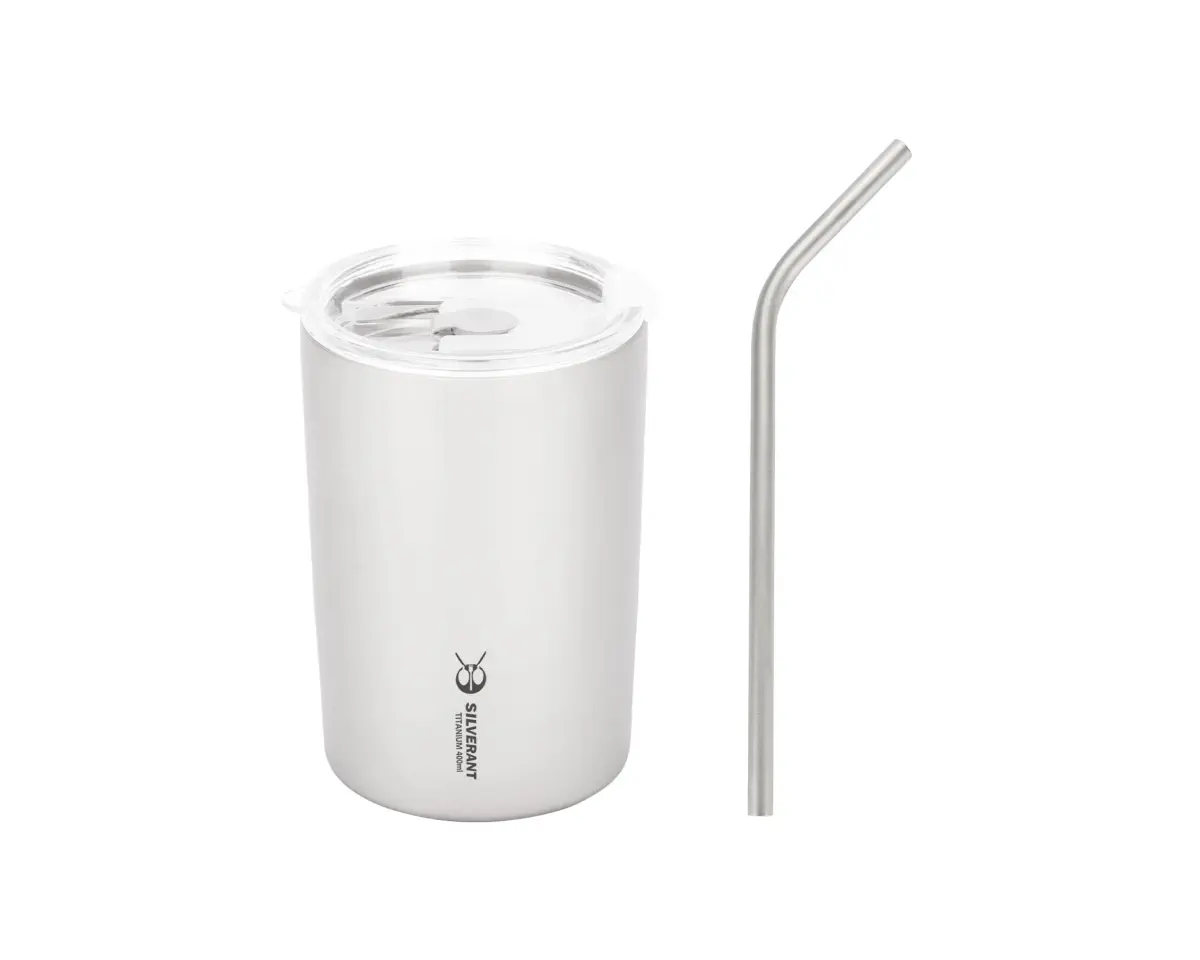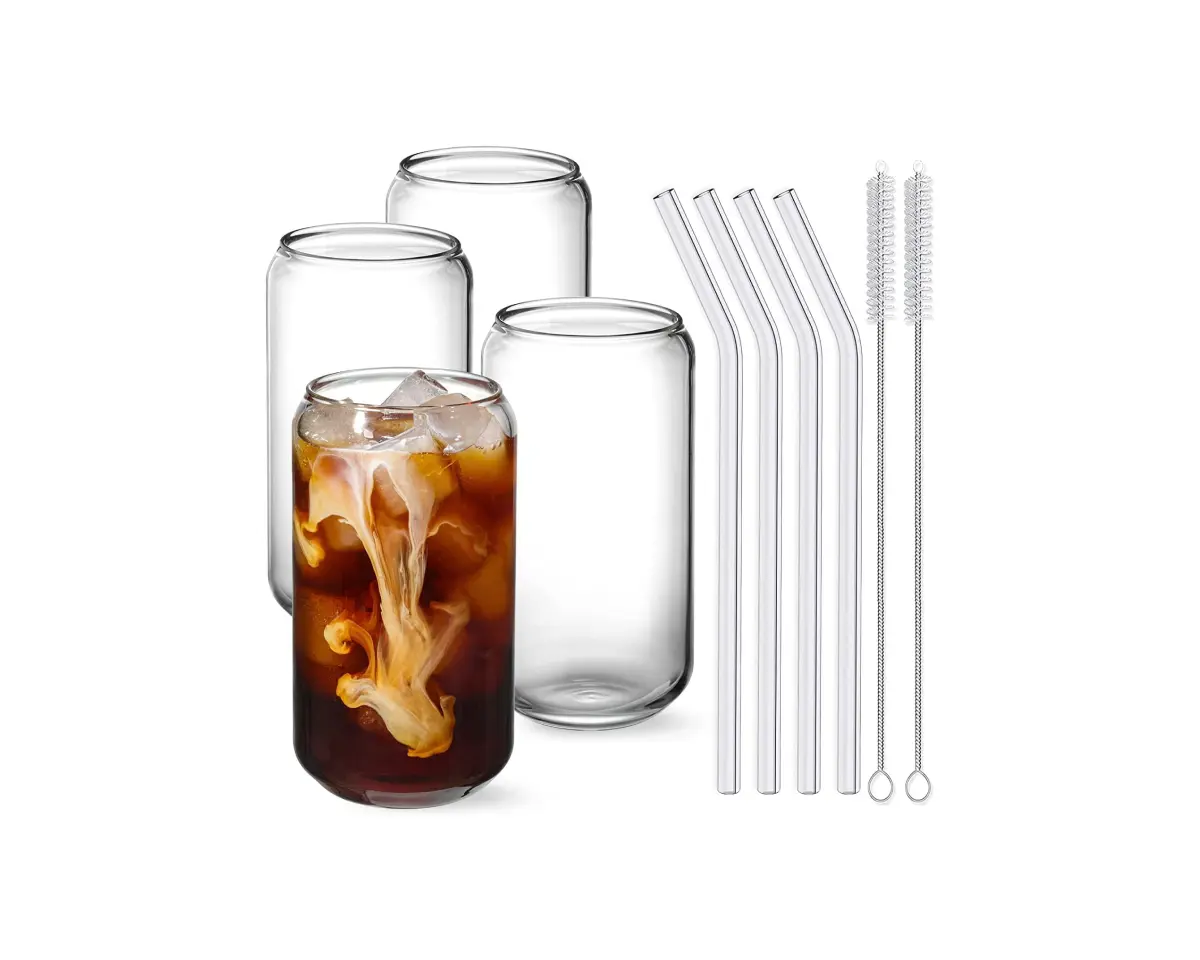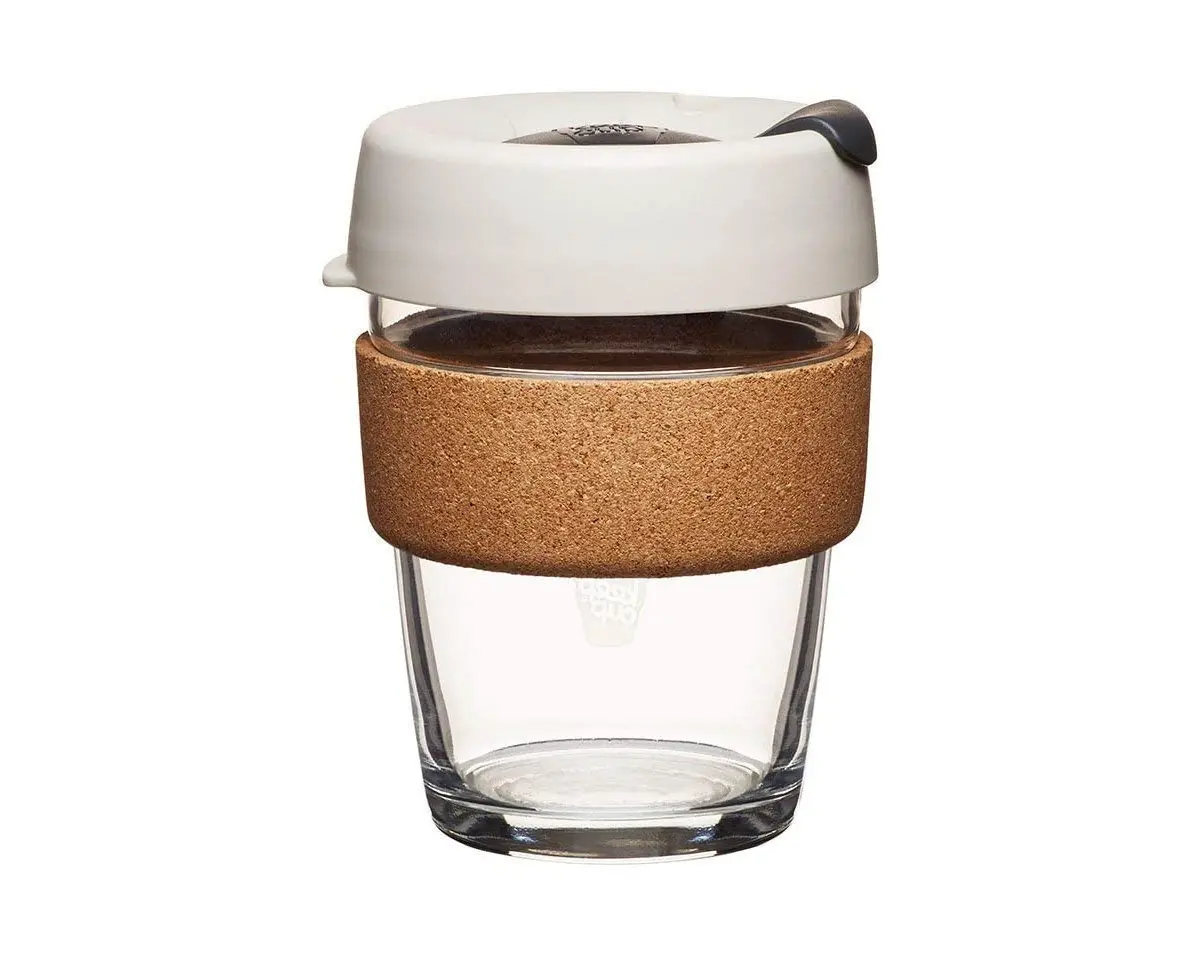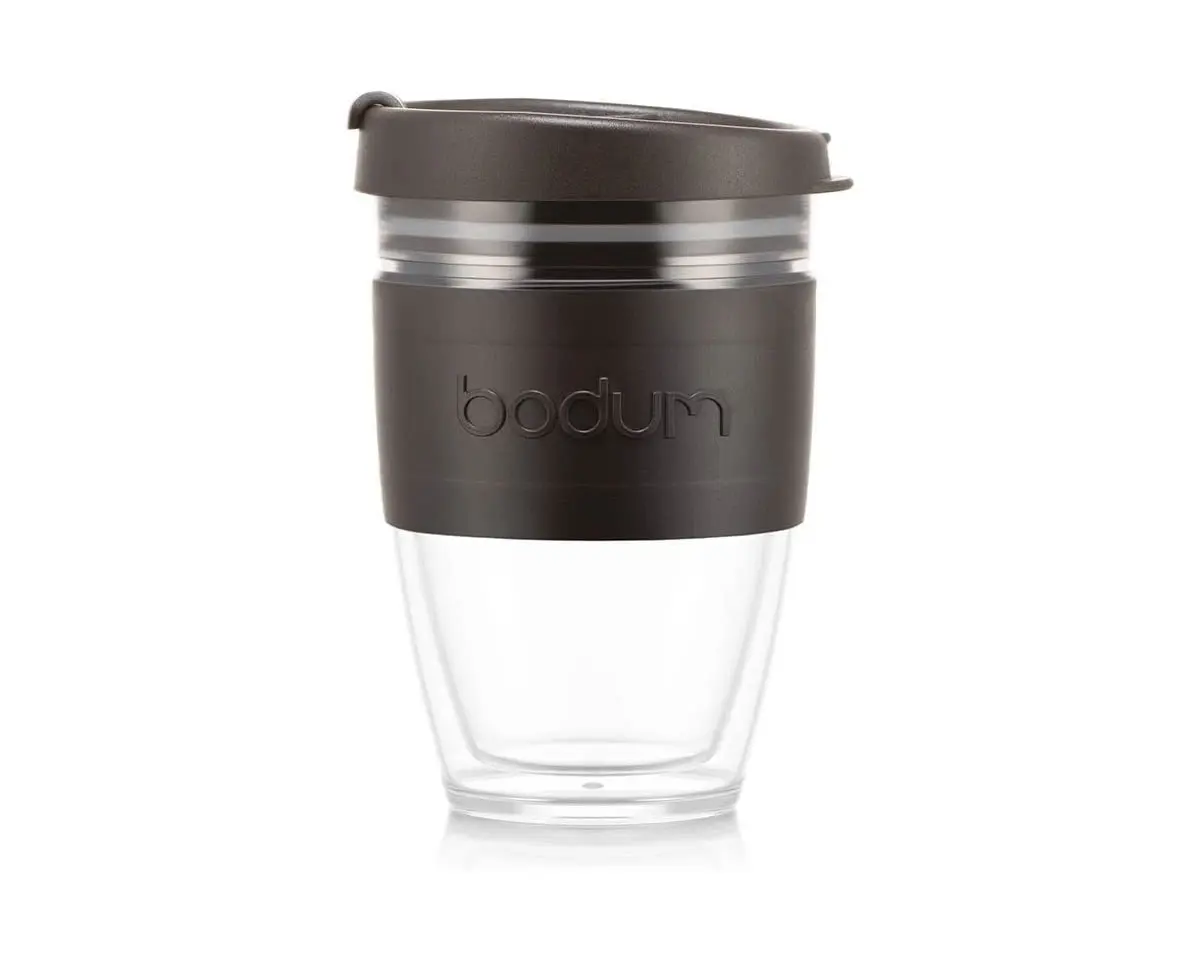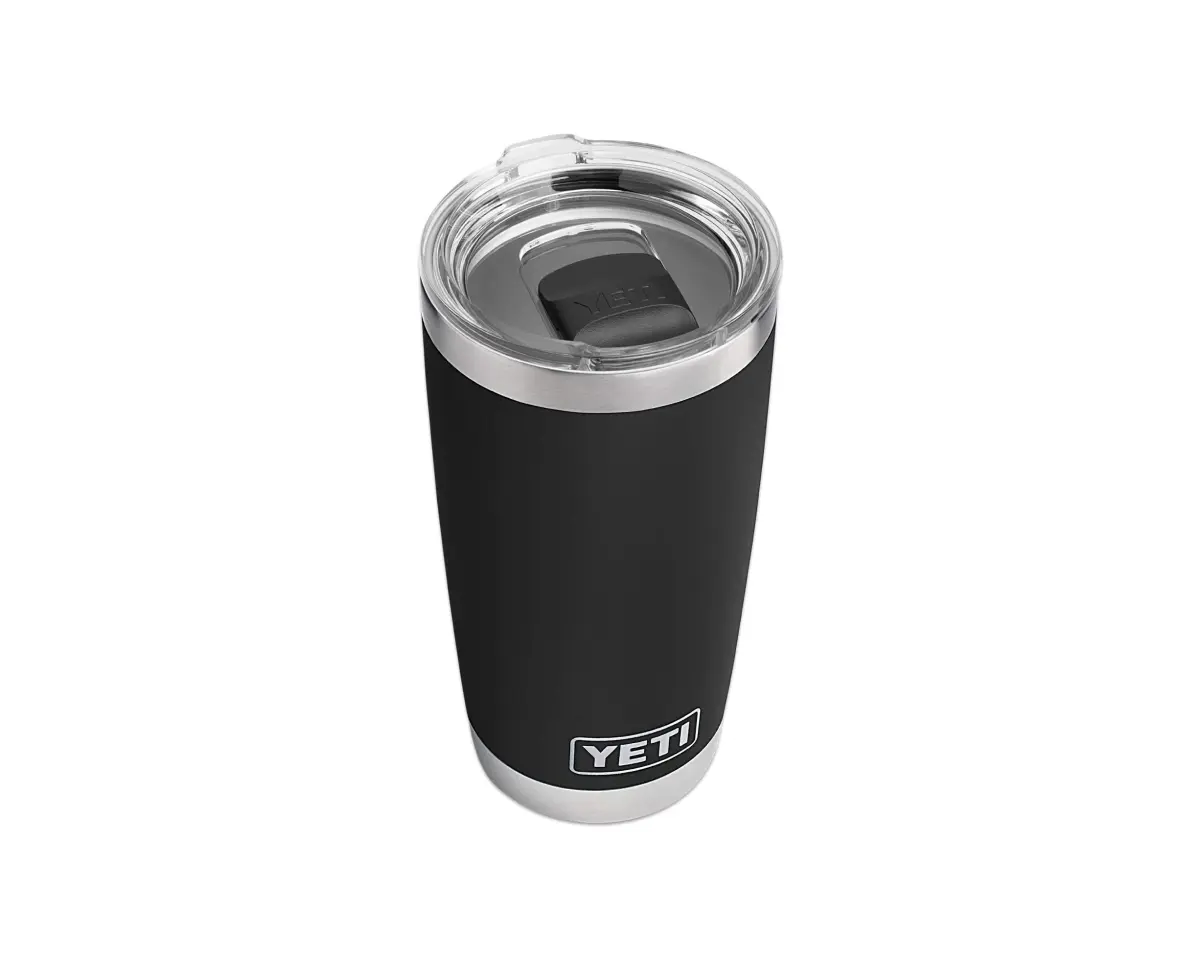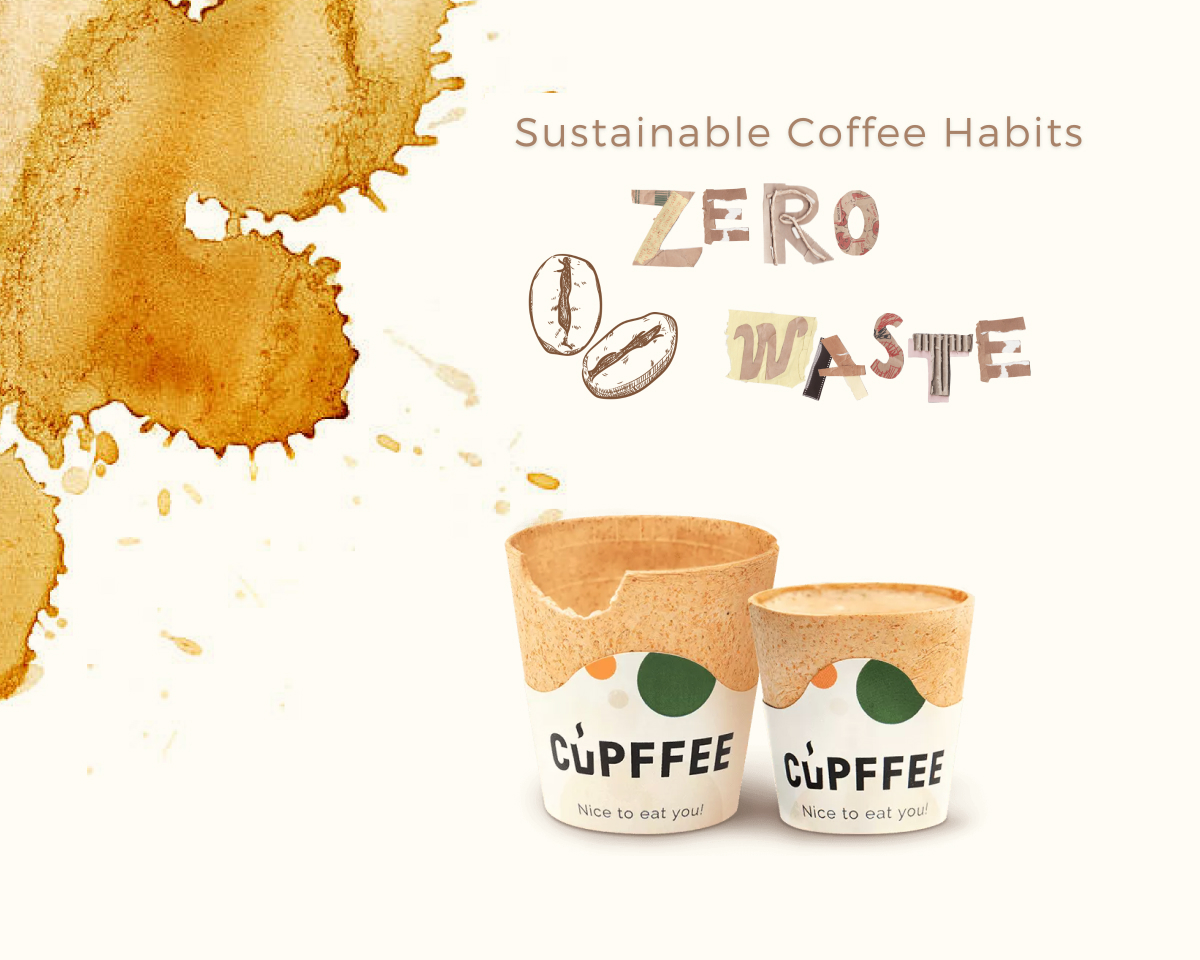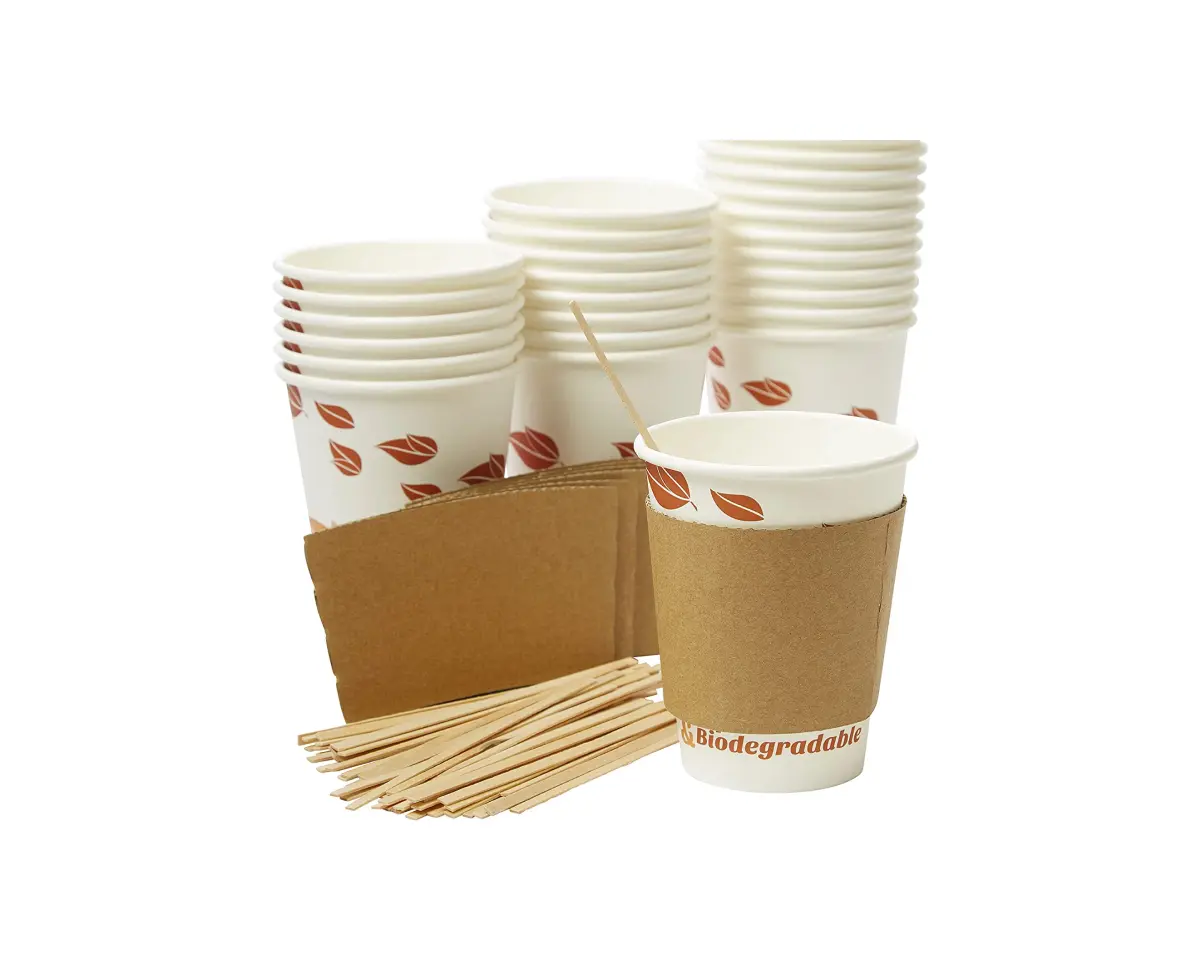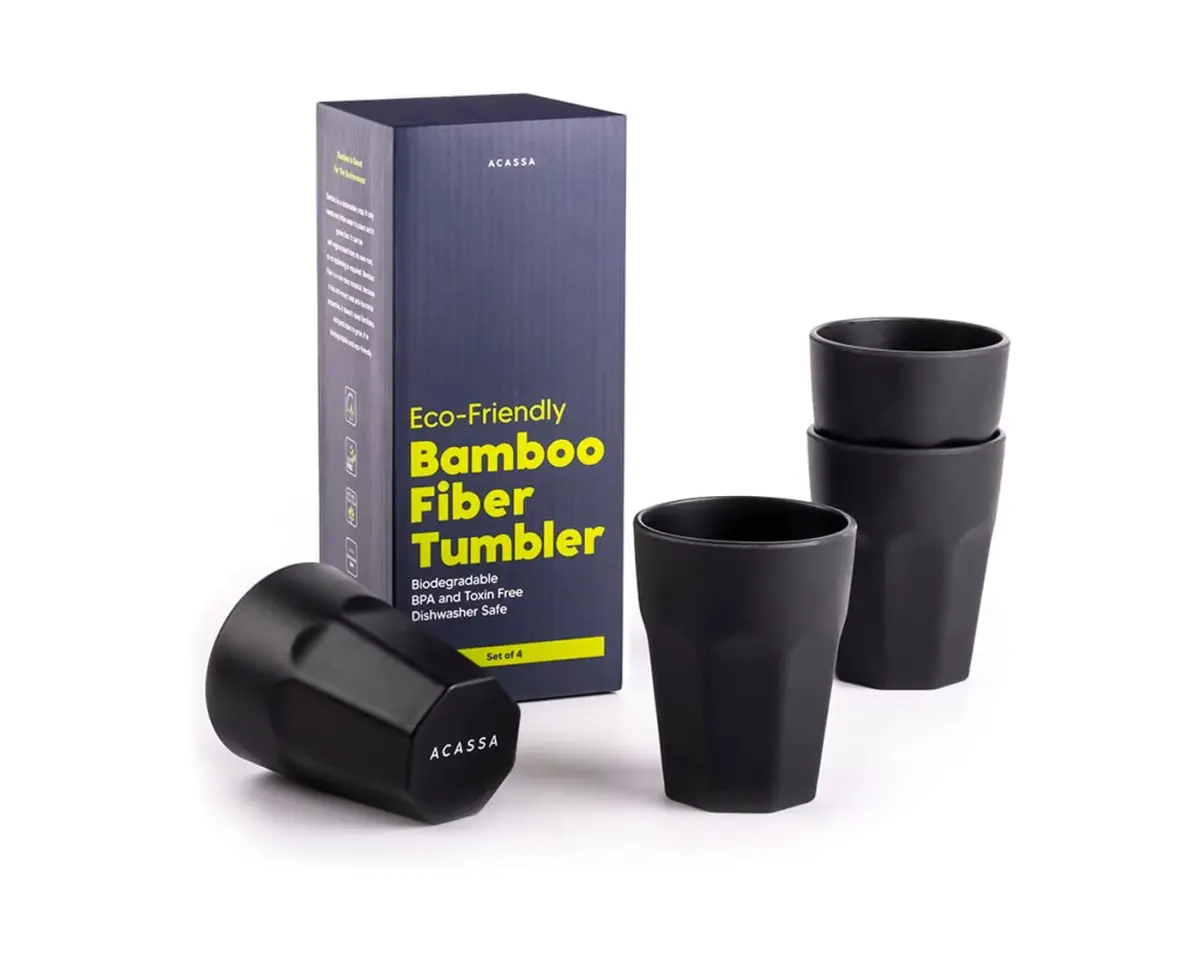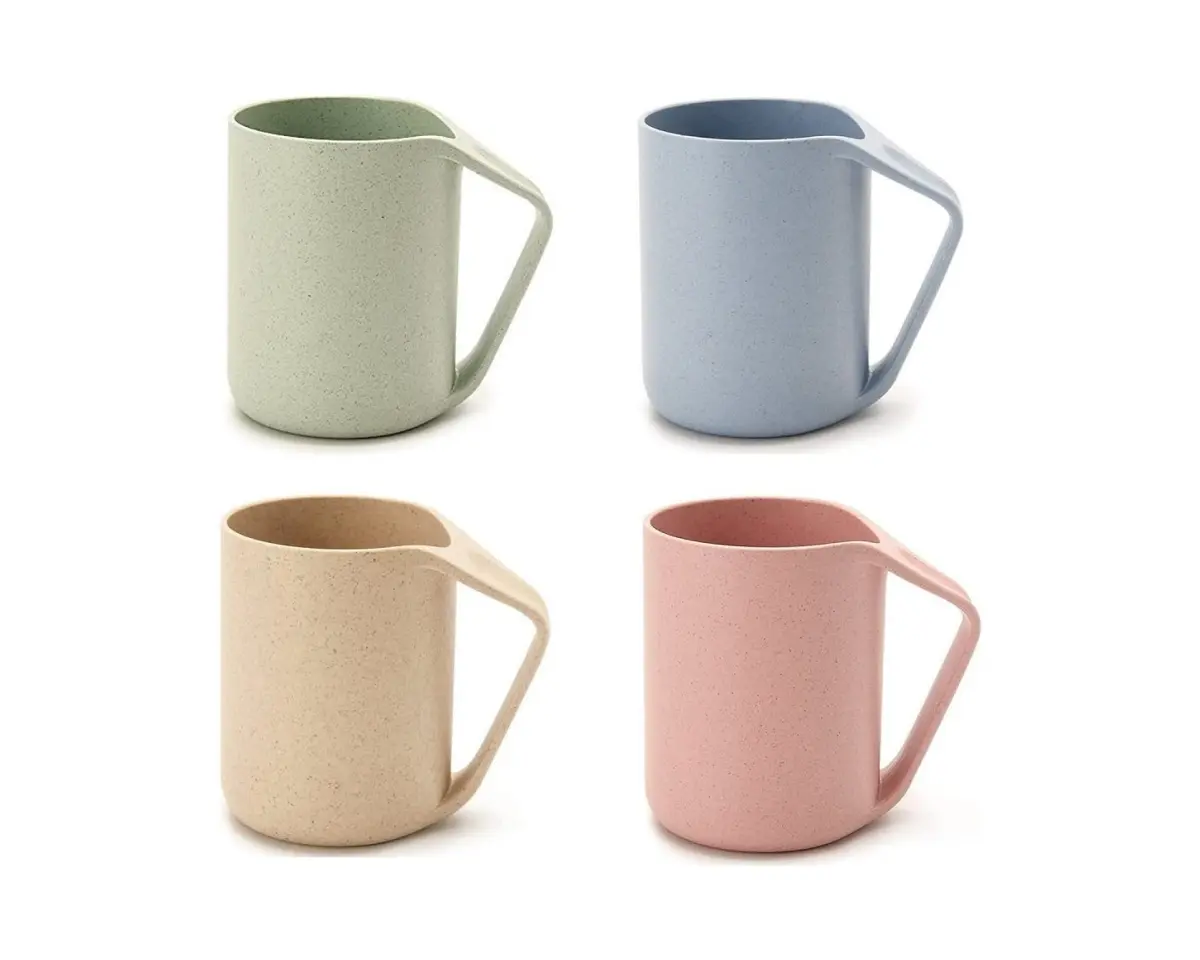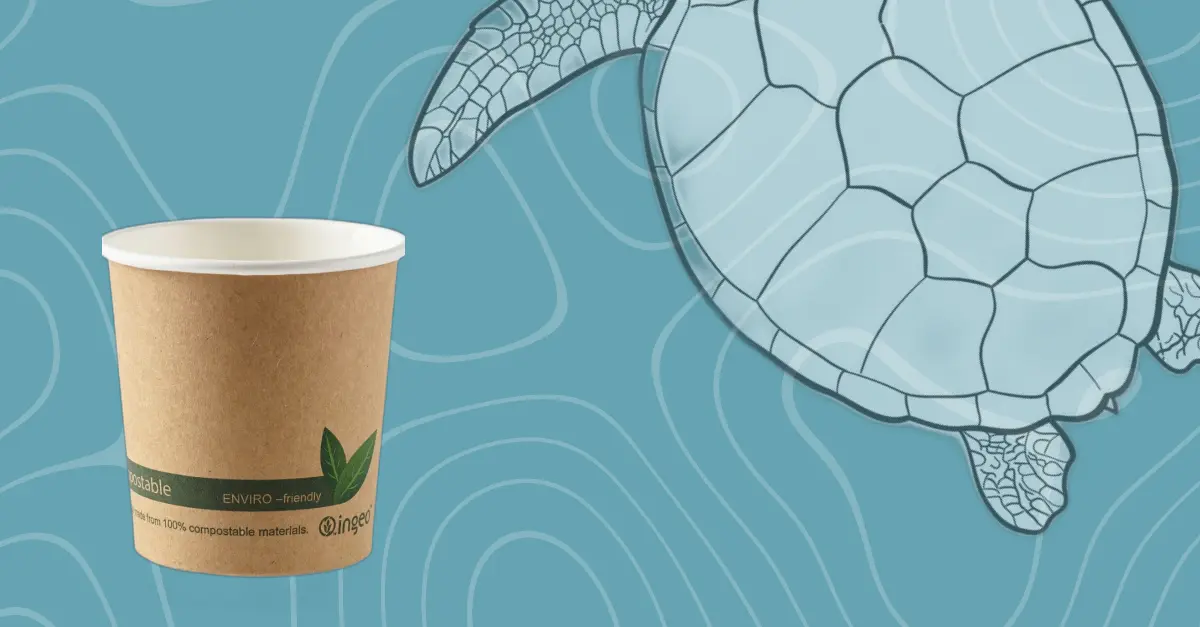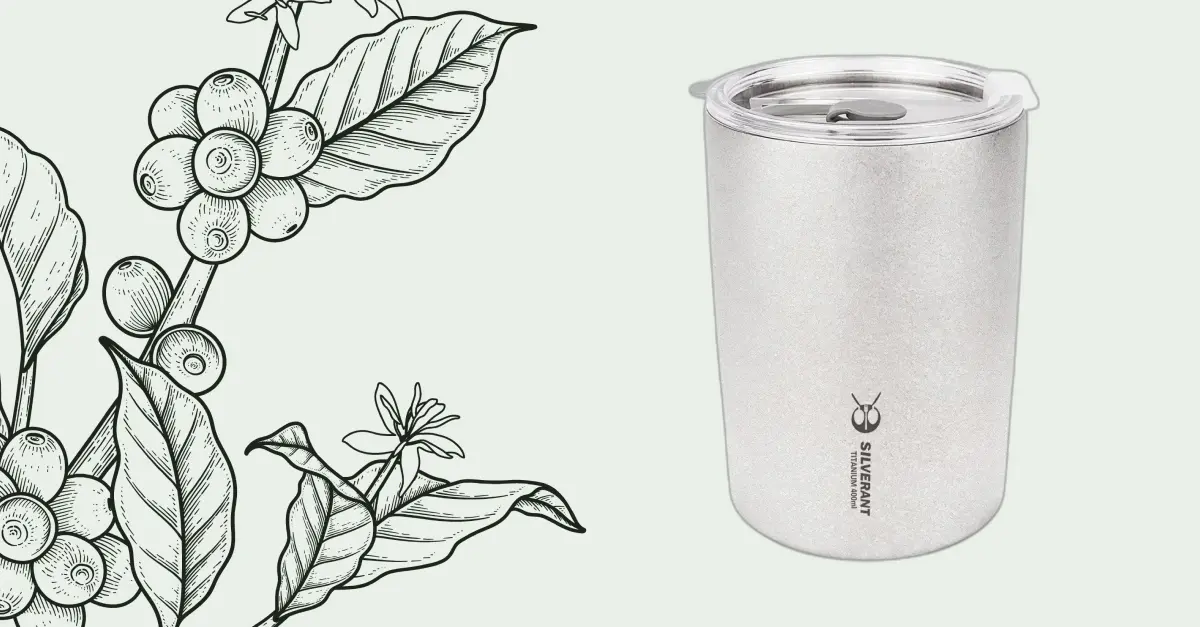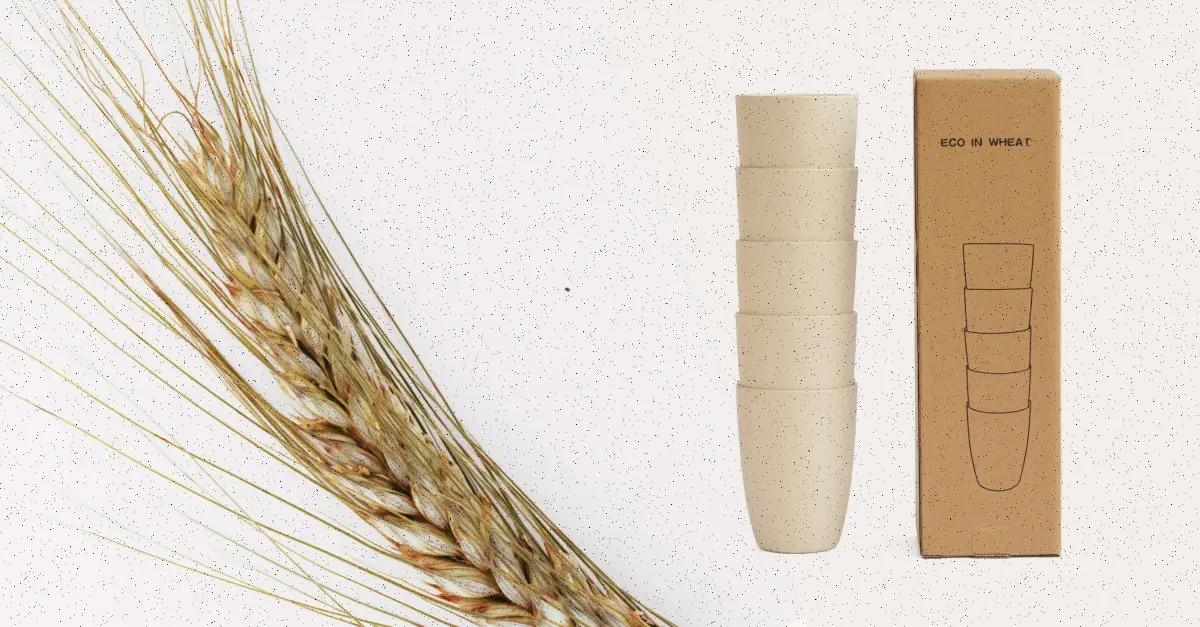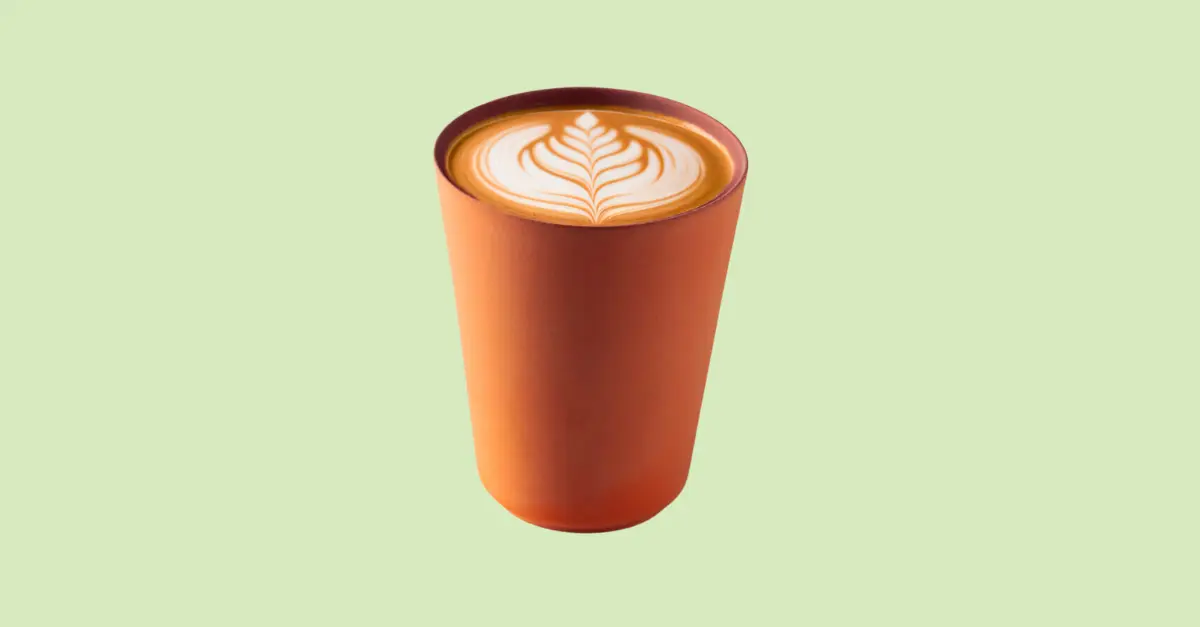Are you a coffee lover who wants to make a positive impact on the planet? You’re not alone. Coffee is one of the most popular beverages in North America, but it also generates a lot of waste. In this article, we’ll explore the statistics on coffee cup waste and provide eco-friendly tips for making coffee in the morning that can make a big difference.
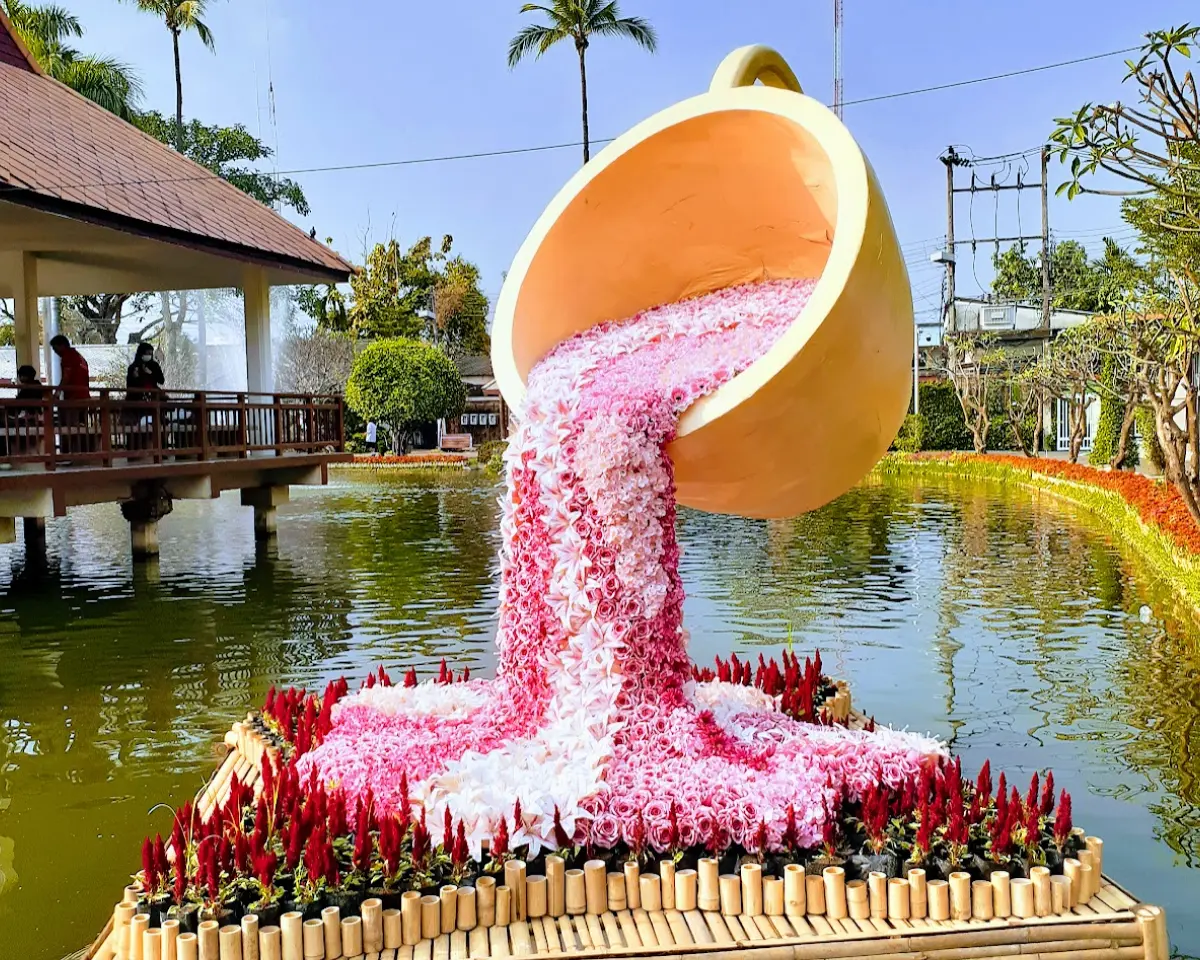
The Problem of Coffee Cup Waste
Did you know that we globally throw away between 250 and 500 billion coffee cups annually? That’s enough cups to wrap around the Earth more than 500 times! Most coffee cups are made of paper lined with plastic to keep the liquid from seeping through. This makes them difficult to recycle, so most end up in landfills, where they can take hundreds of years to break down.
But it’s not just the cups that are the problem. Coffee stirrers, creamer cups, and single-use lids all contribute to the waste generated by coffee consumption. It’s estimated that the coffee industry generates over 6 million tons of waste per year.
The good news is that there are many eco-friendly solutions to reduce coffee cup waste. Unfortunately, these cups are typically made from virgin tree cellulose coated with plastic, and almost never get recycled. But, there’s hope! Improved recycling could reduce the environmental impact of disposable cups by up to 40%, and switching to reusable cups could reduce their carbon footprint threefold. These findings highlight how even seemingly small choices can have a big impact on our planet. It’s essential that we consider the wider effects of our day-to-day actions and make changes where we can. Together, we can make a significant difference in protecting our environment. Here are some tips for making coffee in the morning that can make a big difference.
Best Stainless Steel Coffee Cups
Whether you are looking for the best insulated coffee mug with handle, the best leak-proof travel mug, or best thermal cups for hot and cold drinks, you will find them in our top picks for the best stainless steel coffee cups. To learn more, click here: 10 Best Stainless Steel Coffee Cups for Eco-Friendly Coffee Drinkers.
Silverant Ultralight Titanium Double-Wall Coffee Cup
5 out of 5
Silverant Ultralight Titanium Double-Wall Coffee Cup
The Silverant Ultralight Titanium Double-Wall Coffee Cup is a high-quality, lightweight coffee mug designed for outdoor enthusiasts who want to enjoy their coffee on the go. Made from durable and lightweight titanium, this coffee cup is perfect for backpacking, camping, or any outdoor adventure.
Pros:
- Lightweight and durable titanium construction
- Double-wall insulation keeps drinks hot or cold for longer periods
- Corrosion-resistant and easy to clean
- Sleek and minimalist design
- Can be used for other beverages too
Cons:
- Expensive compared to other coffee cups in the market
- No handle to hold the cup while drinking
- Not microwave-safe.
Best Reusable Iced Coffee Cup
NINU Drinking Glass Cup with Glass Straw
4.7 out of 5
NINU Drinking Glass Cup with Glass Straw
Pros
- Made from high-quality borosilicate glass, which is non-toxic, odorless, and tasteless
- Durable and long-lasting, resisting breaking, chipping, or cracking
- Comes with a reusable glass straw that eliminates the need for disposable plastic straws and reduces waste
- Easy to clean and maintain, as it is dishwasher safe and can be disassembled for thorough cleaning
- Environmentally friendly, as it eliminates the need for disposable cups and reduces waste
- Glass material does not retain flavors or odors from previous drinks, ensuring the taste of your current beverage is not affected.
Cons:
- Glass material may not be suitable for those who are prone to dropping or mishandling items, as it can shatter or break if dropped
- Not suitable for use with hot drinks if the user is sensitive to high temperatures or has difficulty handling hot surfaces
- The glass straw may be delicate and require careful handling to avoid breakage or damage
- Glass material may not be suitable for use in certain environments, such as outdoor activities or sports, where a more durable material may be preferred
- More expensive compared to other types of disposable cups, which may not be affordable for everyone.
KeepCup Reusable Tempered Glass Coffee Cup
4.6 out of 5
KeepCup Reusable Tempered Glass Coffee Cup
Pros
- Made from high-quality tempered glass, which is non-toxic, odorless, and tasteless
- Durable and long-lasting, withstanding high temperatures and resisting breaking, chipping, or cracking
- Available in a wide range of colors and sizes to suit different needs and preferences
- Comes with a reusable lid and plug that helps prevent spills and leaks while keeping your drink hot or cold
- Lightweight and portable design makes it easy to carry around and store in a bag or purse
- Easy to clean and maintain, as it is dishwasher safe and can be disassembled for thorough cleaning
- Environmentally friendly, as it eliminates the need for disposable cups and reduces waste
Cons
- Glass material may not be suitable for those who are prone to dropping or mishandling items, as it can shatter or break if dropped
- Not suitable for use with hot drinks if the user is sensitive to high temperatures or has difficulty handling hot surfaces
- The lid and plug may not be entirely leak-proof, which can be an issue if you need to transport your cup in a bag or backpack
- The silicone band may attract dirt or stains over time and may require frequent cleaning
- More expensive compared to other types of reusable cups, which may not be affordable for everyone.
Bodum Joy Cup Double Wall Travel Mug
4 out of 5
Pros
- Durable and attractive design: The Bodum travel mug is sturdy, durable and attractive, making it a stylish accessory for on-the-go drinking.
- Double-walled construction: The double-walled construction helps keep drinks hot or cold for longer periods of time, while still being comfortable to hold.
- Clear, BPA-free plastic body: The clear, BPA-free plastic body of the mug allows for easy tracking of liquid intake.
- Silicone strip for secure grip: The silicone strip around the mug provides a secure grip, with the Bodum logo adding a touch of style.
- Reusable: The Bodum travel mug is a reusable alternative to single-use cups, promoting sustainability and reducing waste.
Cons
- Price: The Bodum travel mug can be relatively expensive compared to other travel mugs on the market.
- Not leak-proof: Some users have reported that the lid of the Bodum travel mug may not be completely leak-proof, which could lead to spills.
- May not fit in all cup holders: The larger size of the Bodum travel mug may not fit in all cup holders, making it less convenient for some users.
Best Eco Friendly Travel Mug
YETI Stainless Steel Vacuum Insulated Mug
4.7 out of 5
YETI Stainless Steel Vacuum Insulated Mug
Pros
- Excellent insulation properties that can keep your hot drinks hot and cold drinks cold for an extended period
- High-quality stainless steel material that is durable, corrosion-resistant, and easy to clean
- Features a tight-fitting lid that helps prevent spills and keeps your beverage safe from contaminants
- Comes in a variety of colors and sizes to suit different needs and preferences
- Can fit in most standard cup holders, making it easy to carry around on the go
- Can be used for a variety of drinks, including coffee, tea, water, juice, and more
- Can be washed in a dishwasher for easy cleaning
Cons
- Pricier compared to other types of mugs, which may not be affordable for everyone
- Heavy and bulky design may not be suitable for those who prefer lightweight and portable travel mugs
- Does not have a handle, which may make it harder to hold and carry around
- The lid may not be entirely leak-proof, which can be an issue if you need to transport your mug in a bag or backpack
- Stainless steel material may retain flavors or odors from previous drinks, which can affect the taste of your current beverage.
Best Edible Cups For Coffee
Edible coffee cups are increasingly used as a better environmental alternative to old-fashioned noncompostable cups. They’re made from typical consumable snacks like biscuits, bread, wafers, or pastry.
Are edible coffee cups the future? To learn more, click on Funky Edible Coffee Cups: 4 Sustainable Treats.
Cupffee
Pros
- Biodegradable: Cupffee is made from natural and biodegradable materials such as wheat bran, making it an eco-friendly alternative to traditional disposable cups.
- No waste: Cupffee is edible and can be consumed after use, eliminating the need for waste disposal.
- Unique experience: Cupffee provides a unique experience for customers who can enjoy a snack and a drink at the same time.
- Affordable: Cupffee is relatively affordable compared to other sustainable alternatives.
- Easy to use: Cupffee can be used like a regular cup and does not require any special handling or equipment.
Cons
- Limited availability: Cupffee is not widely available in many countries and may only be found in certain regions.
- Storage: Cupffee needs to be stored in a cool and dry place, which may not be convenient for some users.
Overall, Cupffee offers a unique and sustainable alternative to traditional disposable cups. While there are some drawbacks, such as limited availability and fragile structure, the biodegradable nature of Cupffee makes it an attractive option for eco-conscious consumers.
Best Eco Friendly Disposable Coffee Cups
One way to do this is by using eco-friendly disposable coffee cups. These are sustainable and compostable coffee cups that break down completely without causing harm to the environment. Read more about Zero Waster Packaging here: 7 Best Eco-Friendly Disposable Coffee Cups.
Recyclable, Biodegradable Hot Drink Cups
4.6 out of 5
Recyclable, Biodegradable Hot Drink Cups
Pros
- Convenient and easy to use, with no need for cleaning or maintenance
- Biodegradable cups are environmentally friendly and can break down naturally over time without causing harm to the environment
- Can be customized with branding or designs, making them ideal for marketing or promotional purposes
- Generally more affordable compared to other types of reusable cups, making them accessible to a wide range of consumers
Cons
- Recycling facilities may not be available in all areas or may not accept paper cups due to their polyethylene lining, which can be difficult to separate and recycle
- Biodegradable cups may take a long time to break down and require specific conditions to do so properly, such as exposure to high temperatures and moisture.
Best Durable Bamboo Coffee Cups
Bamboo cups are made primarily from bamboo fiber obtained by processing bamboo stalks into fine powder. This bamboo powder is mixed with cornstarch and food-grade resin (melamine) to create a moldable material that can be formed into cups, plates, and other products. To learn more, click here: Join The Trend: 7 Bamboo Coffee Cups For A Greener World.
ACASSA Bamboo Cups
5 out of 5
Pros
- Made from natural and sustainable materials, such as bamboo fiber, corn starch, and sugar cane, which are biodegradable and environmentally friendly
- Non-toxic, BPA-free, and reusable, making it a safer and healthier alternative to plastic cups
- Lightweight and unbreakable, making it easy to carry around without worrying about it breaking or shattering
- Contemporary look with a modern matte black finish that can coordinate well with other dinnerware and table settings
- Can be used for a variety of drinks, including coffee, tea, water, beer, juice, milk, dessert, and soda
- Stackable design saves storage space and the octagon shaped base makes it easy to hold for any age
- Dishwasher safe, easy to clean, and suitable for indoor and outdoor use
Cons
- May not be suitable for use with hot drinks if the user is sensitive to high temperatures or has difficulty handling hot surfaces, as the cup may become hot to the touch
- The matte black finish may show scratches or wear over time, affecting the appearance of the cup
- May not be as durable or long-lasting as other types of reusable cups, as it may crack or degrade over time
- The production of bamboo cups may require a significant amount of energy and resources, contributing to carbon emissions and deforestation
- More expensive compared to other types of disposable cups, which may not be affordable for everyone.
Best Wheat Straw Coffee Cups
This latest eco-friendly material is a premium food-grade, BPA-free, and FDA-approved material. We went on a fact-finding mission on the best wheat straw cups in the market we believe you will love. But first, what are wheat straw cups, and how are they made?
Wheat Straw cups are an innovative, eco-friendly material made from the by-product of wheat production. Creating wheat straw plastics involves extracting lignin from the wheat straw, breaking it down into smaller molecules using bacteria, and mixing it with sugar to create a polymer that can be molded into different shapes, like coffee cups and plates. These bio-plastics have similar benefits and qualities as plastics. To learn more, click here: The 6 Best Wheat Straw Cups: Discover Eco-Friendly Coffee Cups.
UPSTYLE Wheat Straw Cup Mug
4.5 out of 5
Pros
- Made of natural wheat straw, which is a sustainable and biodegradable material
- Non-toxic, BPA-free, and eco-friendly
- Lightweight and durable, making it great for everyday use and travel
- Dishwasher and microwave safe for easy cleaning and reheating
- Comes in a variety of colors and designs
- Affordable compared to other eco-friendly options
Cons
- May not be as durable as plastic or stainless steel cups
- Not completely leak-proof and may spill if tipped over
- May not be as widely available as other cup options
The Importance of Biodegradable Soap
Soap is a common household item that we use every day, but have you ever thought about how it affects the environment? Conventional soap products can contain harmful chemicals that can harm aquatic life and pollute our waterways. Here are the common chemicals found in coventional soap:
- Triclosan: an antibacterial agent that can contribute to the development of antibiotic-resistant bacteria and harm aquatic life.
- Sodium Lauryl Sulfate (SLS): a foaming agent that can irritate the skin and eyes.
- Propylene Glycol: a moisturizing agent that can cause skin irritation and allergic reactions.
- Synthetic fragrances: can contain a variety of chemicals that can cause allergic reactions and respiratory problems.
- Parabens: preservatives that can mimic estrogen and disrupt the endocrine system.
- Phthalates: chemicals that can disrupt hormones and harm reproductive health.
Another point to consider is the packaging in which soap comes in - a plastic bottle. This company offers. Dish washing is a common household chore that can generate a lot of waste. From disposable sponges to single-use plastic bottles of dish soap, it’s easy to create a lot of trash while cleaning up after meals. That’s where the Zero Waste MVMT Dish Washing Bundle Kit comes in - it’s a sustainable solution for a common chore.
Zero Waste MVMT Dish Washing Bundle Kit
4.3 out of 5
[
 .webp)
.webp)
Zero Waste MVMT Dish Washing Bundle Kit
Biodegradable Coffee Cups
Biodegradable cups are made from materials that break down in the environment over time. Unlike traditional plastic cups, which can take hundreds of years to decompose, biodegradable cups can break down in months or years. Some common materials used to make biodegradable cups include cornstarch, sugarcane, and bamboo or the best we found so far - cookie dough!
There are many reasons to choose biodegradable cups over traditional plastic cups. First and foremost, biodegradable cups are better for the environment. They break down over time, reducing waste in landfills and oceans. This can help protect wildlife and prevent pollution. In addition, choosing biodegradable cups can help you make a statement about your commitment to sustainability. By choosing eco-friendly products, you can show others that you care about the environment and want to make a positive impact.
If you’re interested in purchasing biodegradable cups, there are a few things to keep in mind. First, look for cups that are made from certified biodegradable materials. This will ensure that the cups are genuinely eco-friendly and will break down in the environment. You can also look for cups made from recycled materials, such as paper or cardboard. These cups are also eco-friendly and can be recycled again after use. Finally, consider purchasing biodegradable cups from a company that prioritizes sustainability. Look for companies that use sustainable practices and prioritize environmental stewardship.
Materials with a Sustainability Impact Factor
If you’re passionate about sustainability and want to make a statement, consider purchasing biodegradable cups. Before making a purchase, there is essential information to know: the difference between a biodegradable material and a reusable product.
Switching to a reusable coffee cup is one of the easiest and most effective ways to reduce coffee cup waste. Bring your cup to your local coffee shop or use it at home. Many options are available, from insulated stainless steel cups to collapsible silicone cups. Choosing eco-friendly and sustainable materials for your coffee cup is an essential step in protecting the environment and promoting sustainability.
Sustainable mugs are biodegradable like bamboo, wood or cookie cups. Reusable coffee cups are not biodegradable but can be used indefinetaly instead of plastic or paper cups. Look for materials like for glass, stainless steel, and silicone, and avoid products made from plastic, non-stick coatings, disposable materials, and Teflon or aluminum foil.
Safe biodegradable material
Bamboo can biodegrade in 4-6 months.
Wheat Straw: a biodegradable material made from wheat straw, the stalk left over after wheat grains are harvested. It is processed into a lightweight material that is strong, durable, and sustainable. It can make various products, including cups, plates, utensils, and packaging. Wheat straws can be composted in a commercial or home composting facility. It will break down naturally and return nutrients to the soil. If composting is not an option, it can be disposed of in the trash, where it will biodegrade.
Reusable Product
Glass can take up to 1 million years to biodegrade. A commonly recycled material that can be reused to make new products. To recycle glass, rinse out any residue and place it in your recycling bin. Check with your local recycling program for specific guidelines on recycling glass in your area.
Silicone is not commonly recycled in curbside recycling programs, but some specialized facilities may accept it. Check with your local recycling program or search for silicone recycling facilities in your area. Another option is to reuse silicone products as much as possible to extend their lifespan and reduce waste.
Stainless steel is easily recyclable and can be melted down and used to make new products. To recycle stainless steel, rinse any residue and place it in your recycling bin. Check with your local recycling program for specific guidelines on recycling stainless steel in your area.
Conclusion
Purchasing biodegradable cups is a great way to make a statement about your commitment to sustainability. You can help reduce waste and protect the environment by choosing eco-friendly products. The best is always to use what you have. When purchasing biodegradable cups for events or celebrations, select products made from certified or recycled materials, and consider buying from a company that prioritizes sustainability.
Small changes in our daily habits can significantly impact the planet. Enjoying your morning coffee, and knowing you’re making a positive difference for the environment is a great way to start your day!
